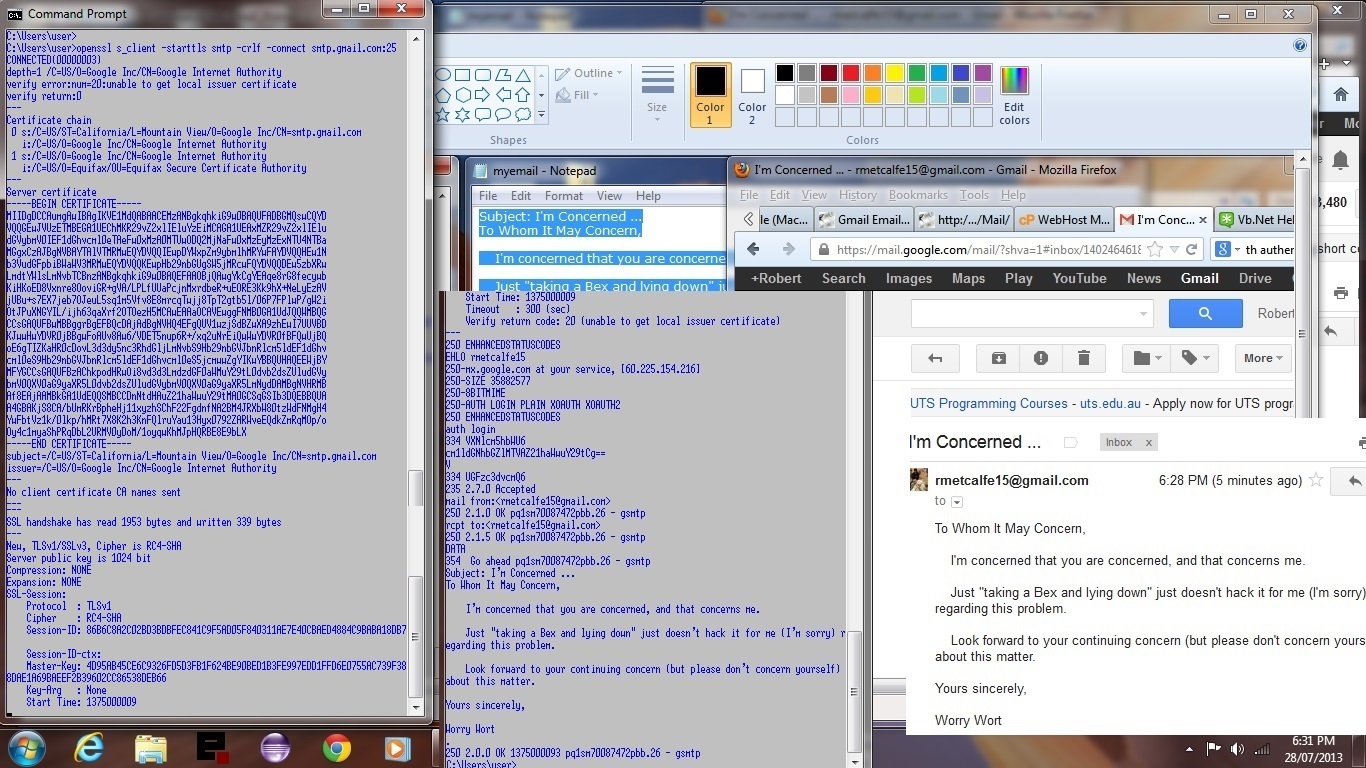

Result in red - in bottom window - lists differencesģ. The command will open three BBEdit windows, one showing each file and a third that lists all those lines on which a difference was found. bbdiff: This one can be as simple as typing: "bbdiff filename1 filename2". For example, for example, you can make it the target of a pipe: $ find /var/log -name "*.log" -print | bbeditĢ. (Note, this command is more just another way to use the Darwin "open" command, as in, $ open -a /path/to/app/appname.app). You can edit system files this way, so long as you are an administrator because BBEdit will ask for your admin password to edit files owned by root. (I've rearranged the windows a bit for clarity and space.) Here's an example of editing the plist file that determines whether Snow Leopard will boot into a 64-bit kernel.

bbedit: This one is as simple as typing: "bbedit filename". It has a nice filter function that allows you to home in on just what you need.ġ. I find the use of 'man' on the command line cumbersome, so I use the Mac OS X Universal app called "Man Viewer.app" by Peter Kendall. The installation of the commands also results in entries inserted into the UNIX man pages. An admin password is required, so you'll need to be an administrator of the Mac to install them. You install these commands by using the menu item "Install Command Line Tools." under the main BBEdit menu.
With BBEdit 9.3, a new terminal command has been added: bbfind.


 0 kommentar(er)
0 kommentar(er)
